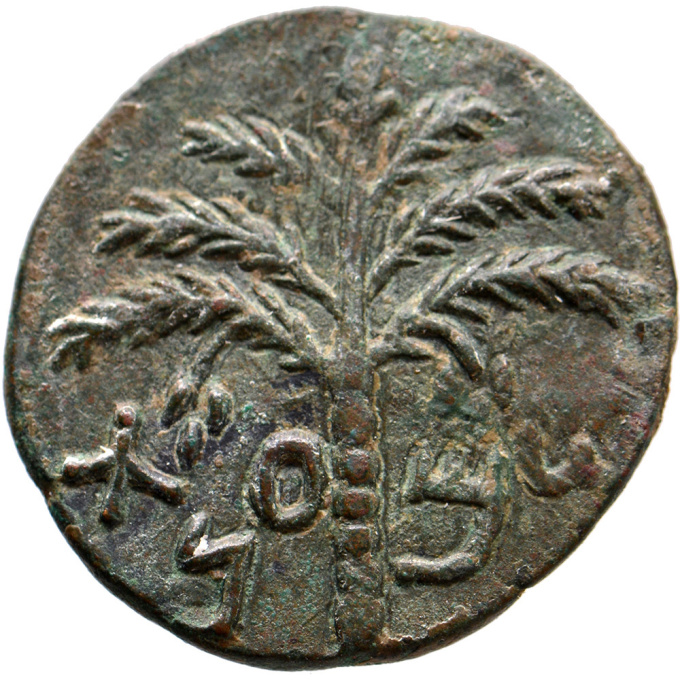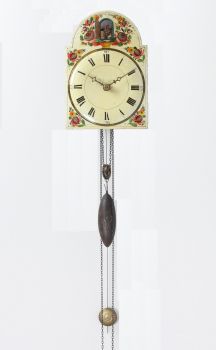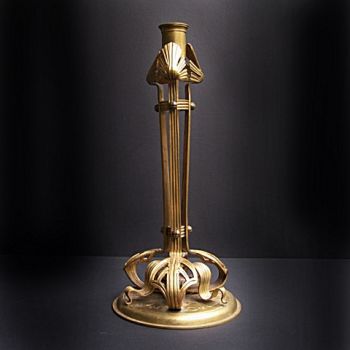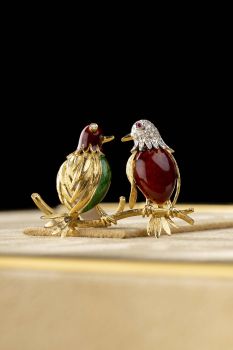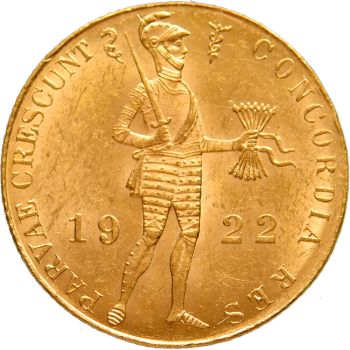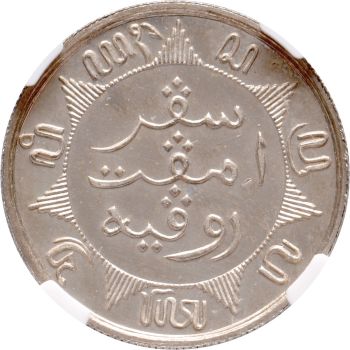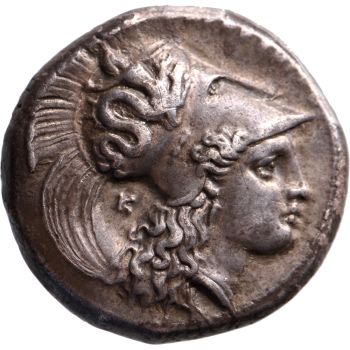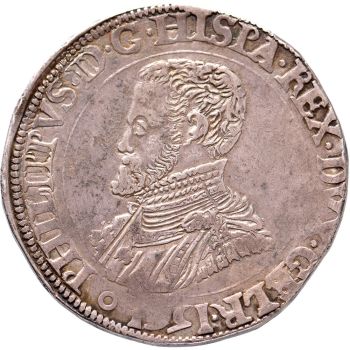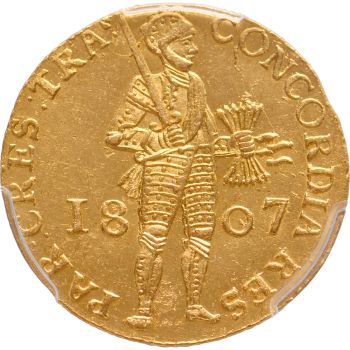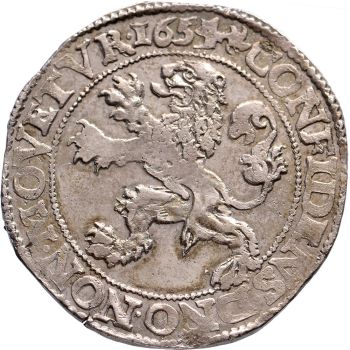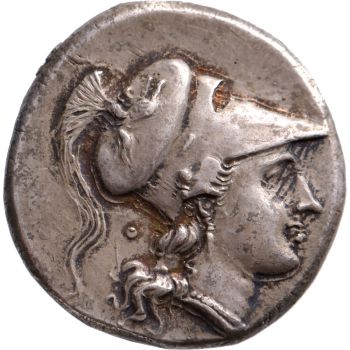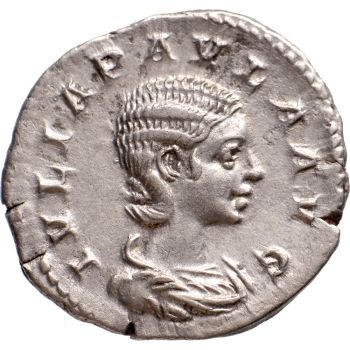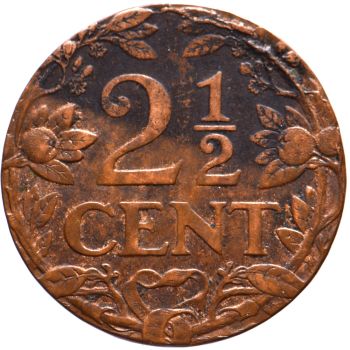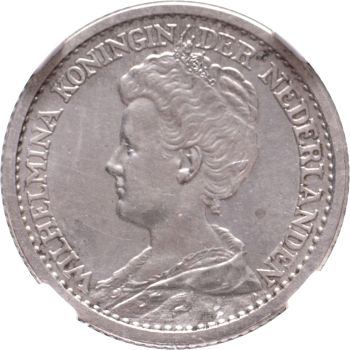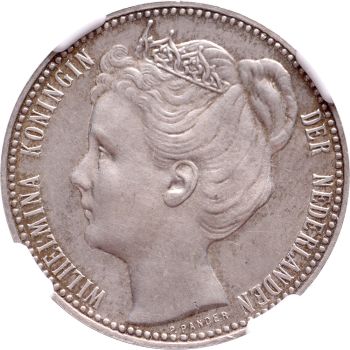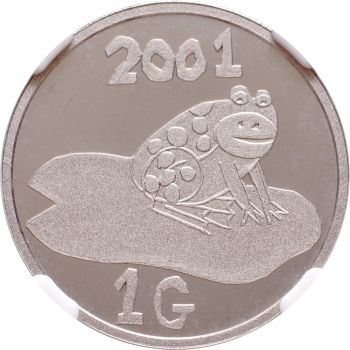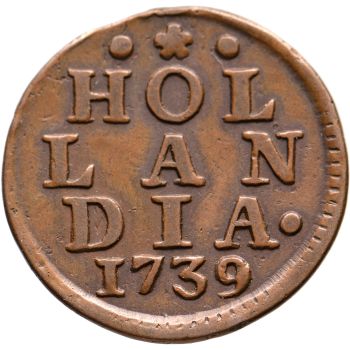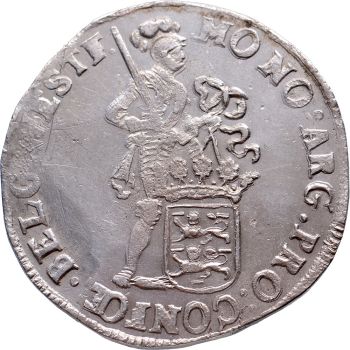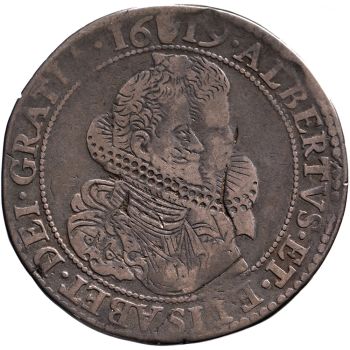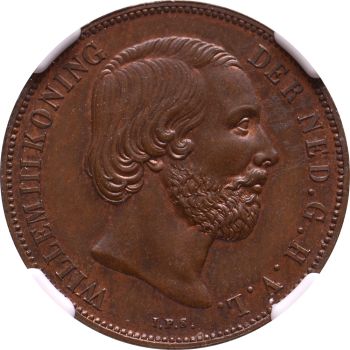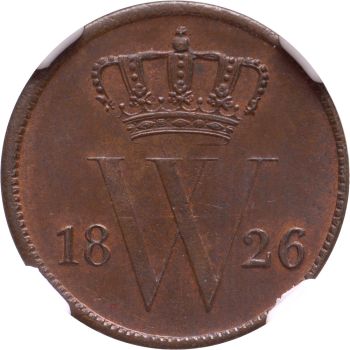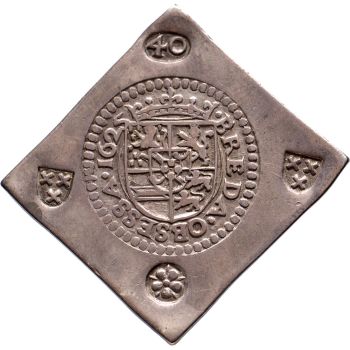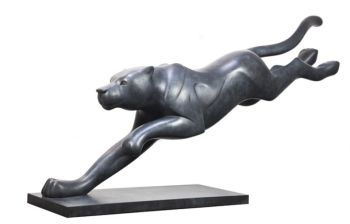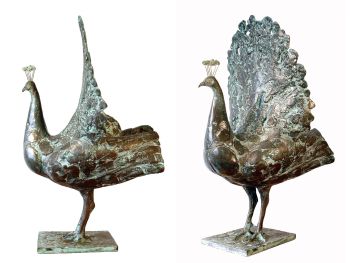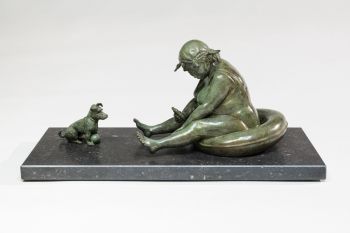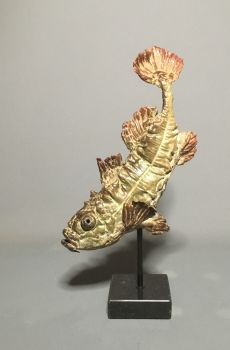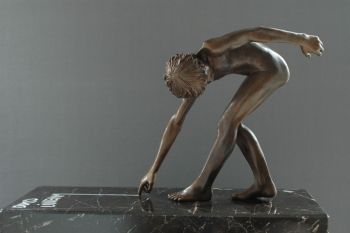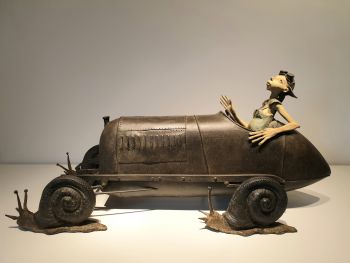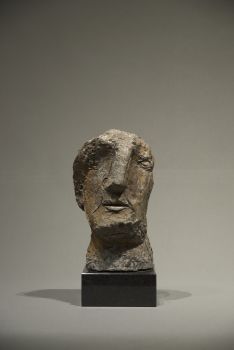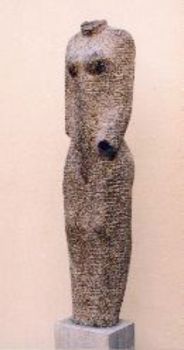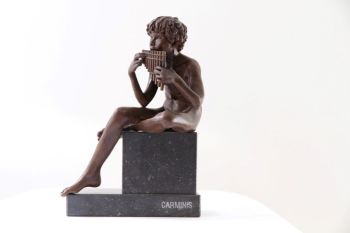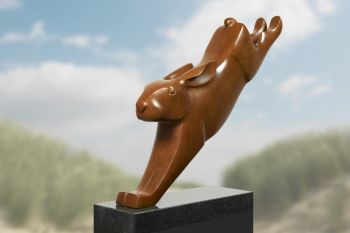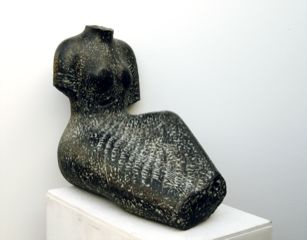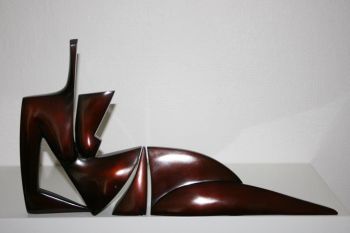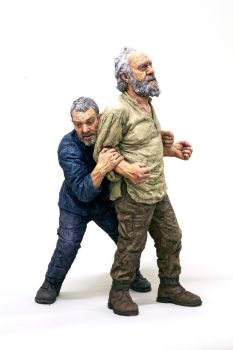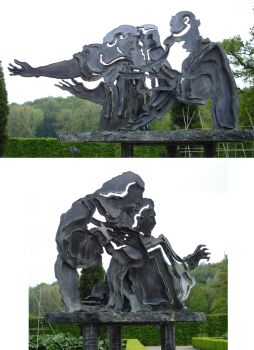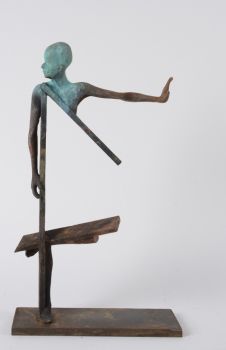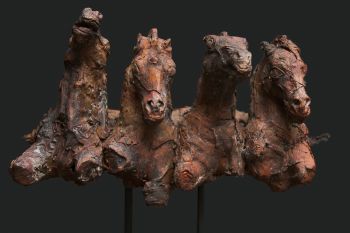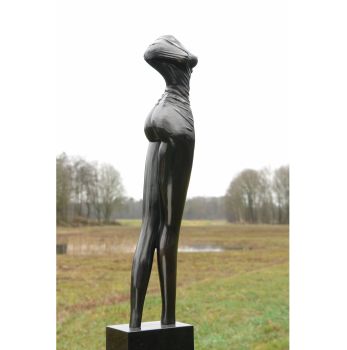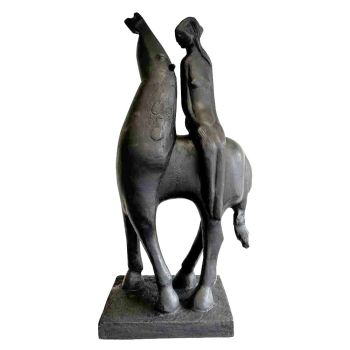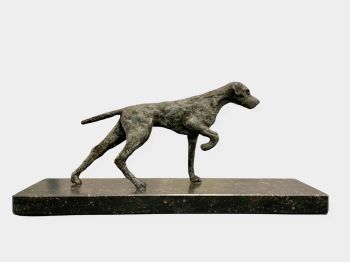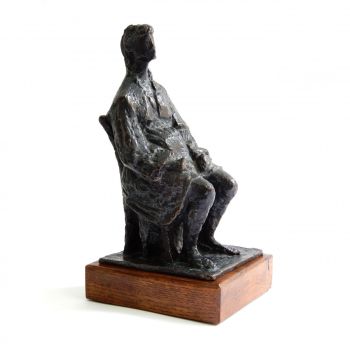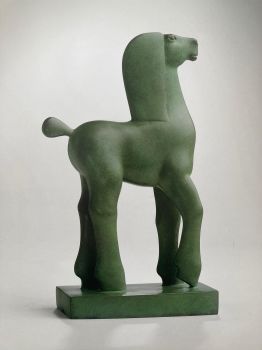Judaea, Bar Kokhba Revolt, AE Larger Middle Bronze, undated year 3 134 - 135
Unknown artist
BronzeMetal
Currently unavailable via Gallerease
- About the artworkObverse: ŠM / ’WN (Shimon) in the fields beneath a palm tree
Reverse: L-H-R-W-T YR-WŠL-M (for the freedom of Jerusalem) around a large vine leaf
Ex Samel Collection, bought pre 1993, most probably between the 1960s and 1980s.
Lovely quality for the type
The Samel Collection
The Polish-Jewish siblings Josef Samel (1913-2015) and Angela Arluk (1920-2015) shared a passionate interest in the history of the Jewish people. In the course of the 1960’s they got the idea of compiling a coin collection which reflects the history of the people of Israel. Within a few decades they created one of the most important collections of Jewish coins. The collection covered the history of the Jewish people from the 6th century BC until the present day.
Bar Kokhba Revolt
The Bar Kokhba revolt was a rebellion of the Jews of the Roman province of Judea, led by Simon bar Kokhba, against the Roman Empire. Fought circa 132–136 AD, it was the last of three major Jewish–Roman wars. Shortly after the outbreak the insurgents initiated the minting silver as well as bronze coins. The silver coinage consisted of two denominations: the sela (a tetradrachm of around 14 g) and the zuz (a drachm of around 3.3 g). The bronze coins included large, medium and small coins. The legends were written in Paleo-Hebrew characters.
Weight: 6.29 g
Grade: Extremely Fine
Reference: Hendin no. 1437; Kaufmann no. 37; Meshorer, Treasury 254 no. 292; Mildenberg – (O11/R-) - About the artist
It might happen that an artist or maker is unknown.
Some works are not to be determined by whom it is made or it is made by (a group of) craftsmen. Examples are statues from the Ancient Time, furniture, mirroirs, or signatures that are not clear or readible but as well some works are not signed at all.
As well you can find the following description:
•“Attributed to ….” In their opinion probably a work by the artist, at least in part
•“Studio of ….” or “Workshop of” In their opinion a work executed in the studio or workshop of the artist, possibly under his supervision
•“Circle of ….” In their opinion a work of the period of the artist showing his influence, closely associated with the artist but not necessarily his pupil
•“Style of ….” or “Follower of ….” In their opinion a work executed in the artist’s style but not necessarily by a pupil; may be contemporary or nearly contemporary
•“Manner of ….” In their opinion a work in the style of the artist but of a later date
•“After ….” In their opinion a copy (of any date) of a work of the artist
•“Signed…”, “Dated….” or “Inscribed” In their opinion the work has been signed/dated/inscribed by the artist. The addition of a question mark indicates an element of doubt
•"With signature ….”, “With date ….”, “With inscription….” or “Bears signature/date/inscription” in their opinion the signature/ date/ inscription has been added by someone other than the artist
Artwork details
Related artworks
- 1 - 4 / 12
- 1 - 4 / 24
- 1 - 4 / 24

